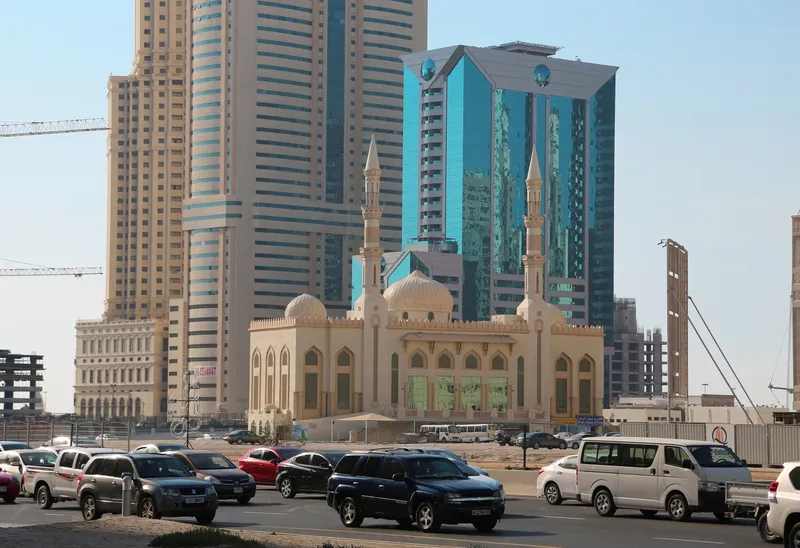A major programme to upgrade traffic lights at 78 junctions and 100 pedestrian crossings across Norfolk, in the UK, with new energy-saving LED signals from Siemens is nearing completion. The retrofit project to supply, install and maintain all 178 sites is estimated to provide up to 78 per cent power consumption and carbon savings for Norfolk County Council (NCC). The new contract includes an innovative cost benefit payback solution provided by Siemens Financial Services.
May 14, 2012
Read time: 2 mins
A major programme to upgrade traffic lights at 78 junctions and 100 pedestrian crossings across Norfolk, in the UK, with new energy-saving LED signals from 189 Siemens is nearing completion. The retrofit project to supply, install and maintain all 178 sites is estimated to provide up to 78 per cent power consumption and carbon savings for Norfolk County Council (NCC). The new contract includes an innovative cost benefit payback solution provided by Siemens Financial Services.
According to NCC’s Graham Harbord, team manager, ITS, all new traffic signal installations in Norfolk are equipped with Siemens extra low voltage (ELV) controllers and the benefits extend beyond energy and carbon savings. “Without the need to constantly replace lamps, maintenance costs are reduced and with no mains voltage on site every installation is safer. Overall, Norfolk will achieve significant long-term savings, taking into account the traffic management costs to provide and install the ELV equipment, the power and carbon savings as well as the cost to finance the project,” Harbord said.
Norfolk County Council worked alongside Siemens in identifying sites suitable for LED retrofit head replacement, the number of heads, the number and type of aspects and grouped the locations within the county so that a more efficient delivery programme could be agreed. “This joined up approach will reduce the works period, reduces travel and therefore C02 emissions while delivering the project,” Harbord said.
The finance facility offered to NCC helped enable the entire project to proceed because the savings generated helped make the project ‘self-financing’ and more affordable.
According to NCC’s Graham Harbord, team manager, ITS, all new traffic signal installations in Norfolk are equipped with Siemens extra low voltage (ELV) controllers and the benefits extend beyond energy and carbon savings. “Without the need to constantly replace lamps, maintenance costs are reduced and with no mains voltage on site every installation is safer. Overall, Norfolk will achieve significant long-term savings, taking into account the traffic management costs to provide and install the ELV equipment, the power and carbon savings as well as the cost to finance the project,” Harbord said.
Norfolk County Council worked alongside Siemens in identifying sites suitable for LED retrofit head replacement, the number of heads, the number and type of aspects and grouped the locations within the county so that a more efficient delivery programme could be agreed. “This joined up approach will reduce the works period, reduces travel and therefore C02 emissions while delivering the project,” Harbord said.
The finance facility offered to NCC helped enable the entire project to proceed because the savings generated helped make the project ‘self-financing’ and more affordable.









